What other protocols are worth paying attention to in LSDfi?
Author: AN APE'S PROLOGUE
Compiled by: 深潮 TechFlow
With the maturation of $ETH staking infrastructure and users increasingly willing to hold $ETH in staking form to profit from it, it's time to look forward to the next step in DeFi composability ------LSDfi.

After Lido V2, interest in staking $ETH remains strong. Currently, the total amount of LSD is close to 48% of the 18.8 million $ETH staked to date.
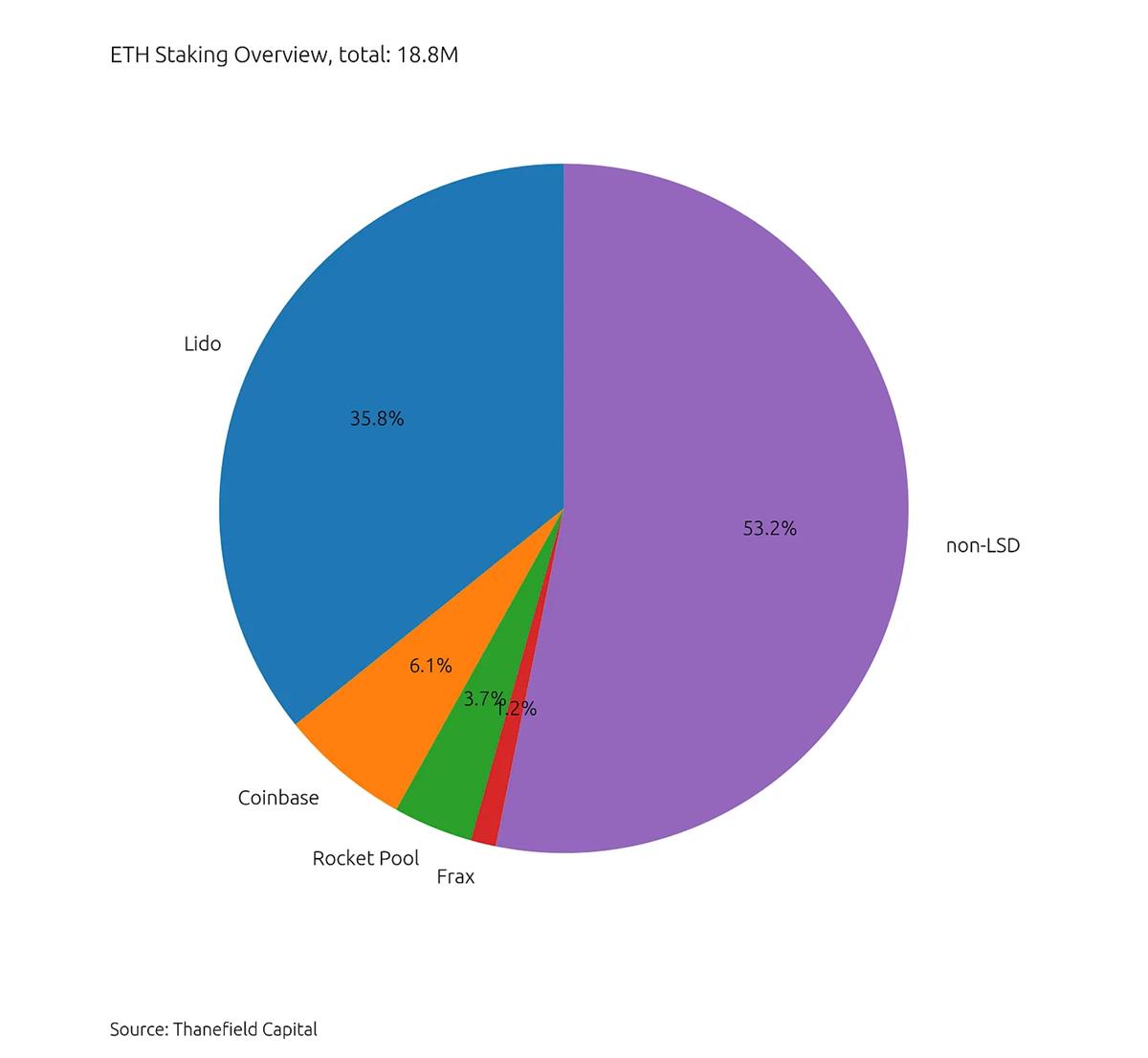
Given the continued growth expectations for staked $ETH, various protocols have emerged to serve capital pools seeking more utility and yield.
Although not exhaustive, here are some protocols in the LSDfi category that we currently believe are worth paying attention to.

LSDfi protocols allow LSD holders to efficiently manage the yield on their staked assets, simplifying technical complexities and reducing gas costs. Examples in this regard include "selling" yields through Lybra's $eUSD or enhancing base yields via $unshETH.

Thanks to Lido's dominant market share of over 70% in the LSD market, $stETH has become the most widely accepted LSD in LSDfi protocols. Origin Protocol's $OETH and $unshETH are currently among the products with the broadest acceptance of LSD.

Although outflows have been limited since Lido enabled $stETH withdrawals in V2, except for Celsius, it must remain vigilant to maintain its market leader position.
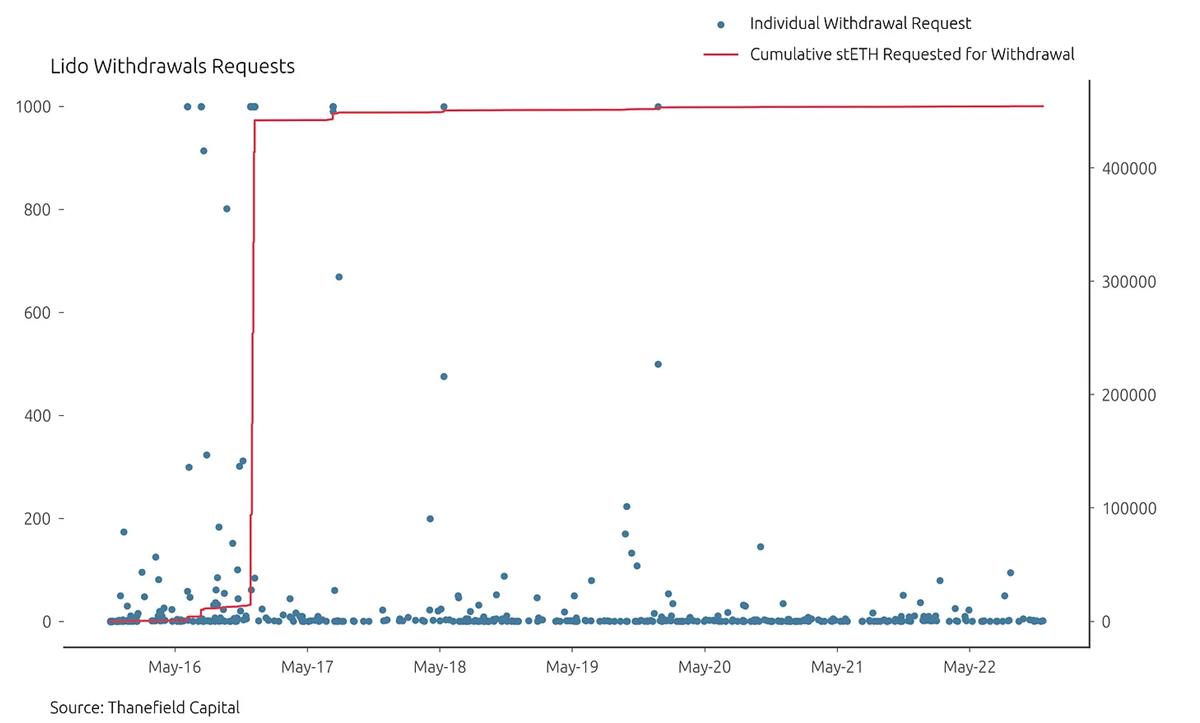
With the surge of $rETH and $frxETH, competition for LSD market share is intensifying. This year, both $rETH and $frxETH have steadily gained market share, which may be a factor for LSDfi protocols when developing products.
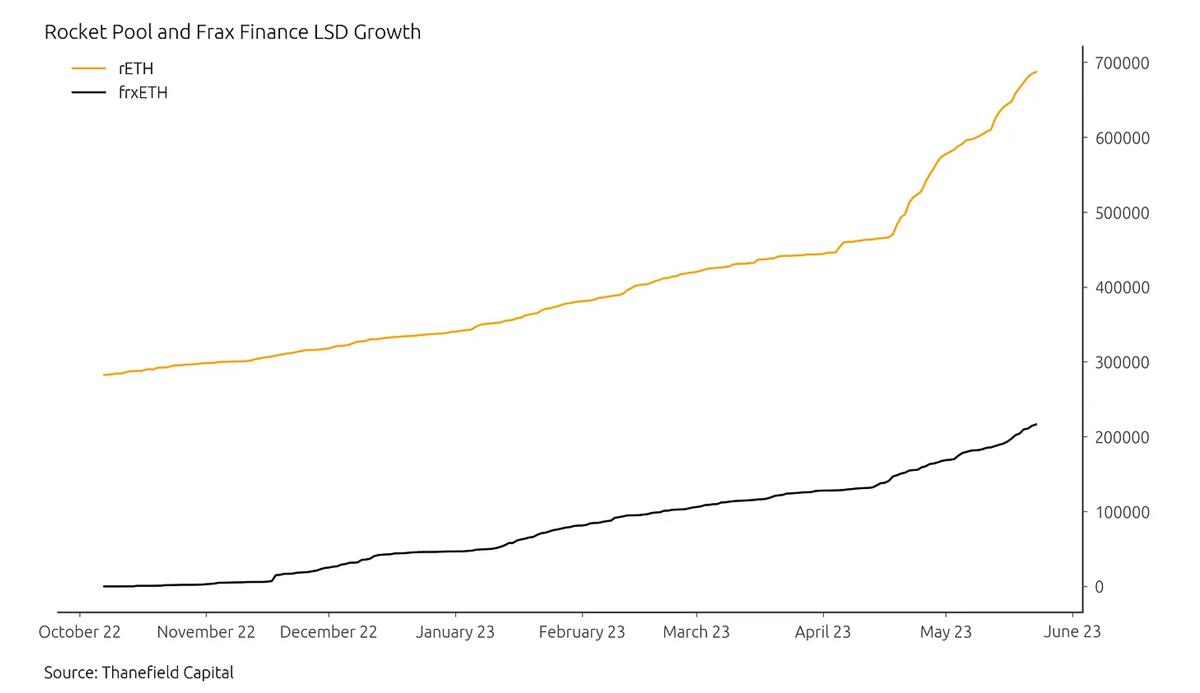
LSDfi products are generally divided into two main categories: loans and yield optimizers:
1) Loans - offsetting self or disproportionately rewarding loan token holders through staking yields;
2) Yield optimizers - providing higher yields for liquidity pool contributors.

First, Lybra Finance stands out with its LSD-backed stablecoin $eUSD. $eUSD adjusts based on the yields earned from LSD collateral within the protocol. Over the past week, TVL has grown by 400%, and $LBR has attracted the most attention in the LSDfi category.
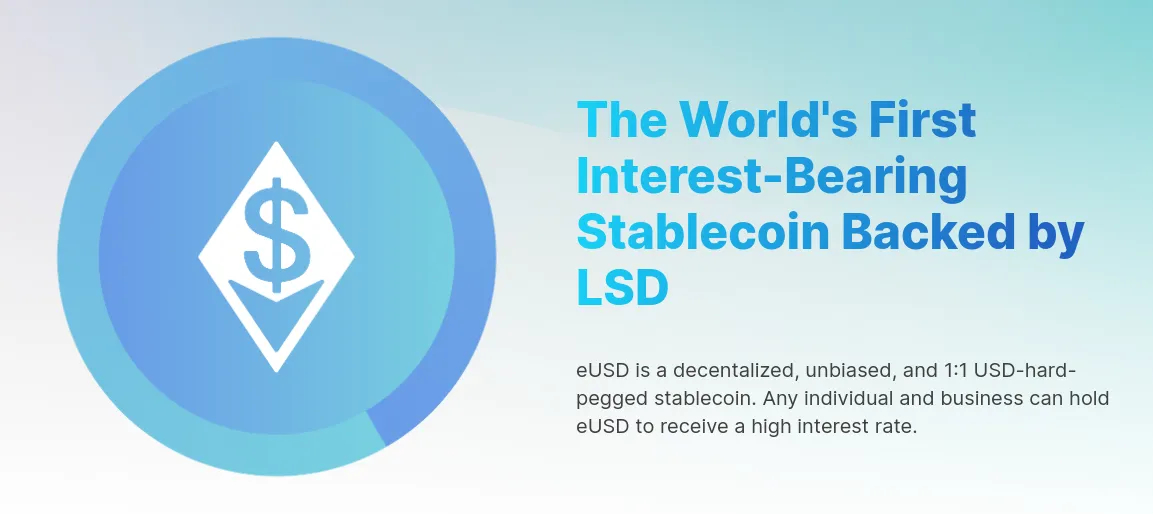
unshETH and its derivative $unshETH generate optimal risk-adjusted returns through a basket of staked ETH assets.
The LSD held in the protocol also earns additional yields through its vdAMM swap fees, as they make the protocol a liquidity hub for $ETH LSD.
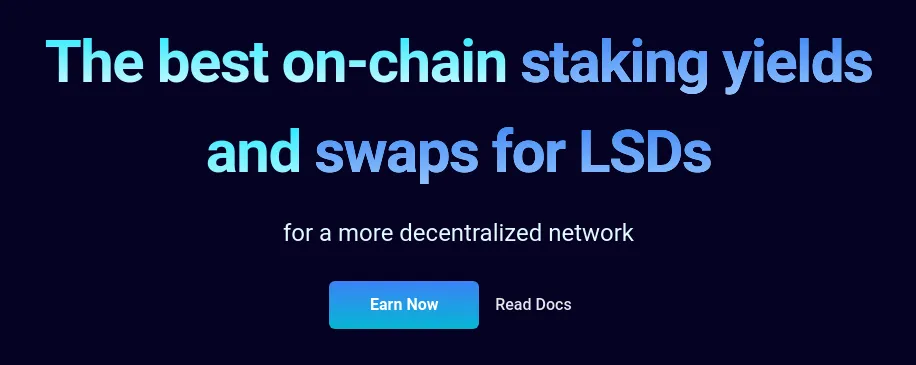
Origin Protocol, while not a new product, launched its new product $OETH on May 17. It aggregates various LSDs to generate enhanced yields by providing liquidity on top of standard staking yields.
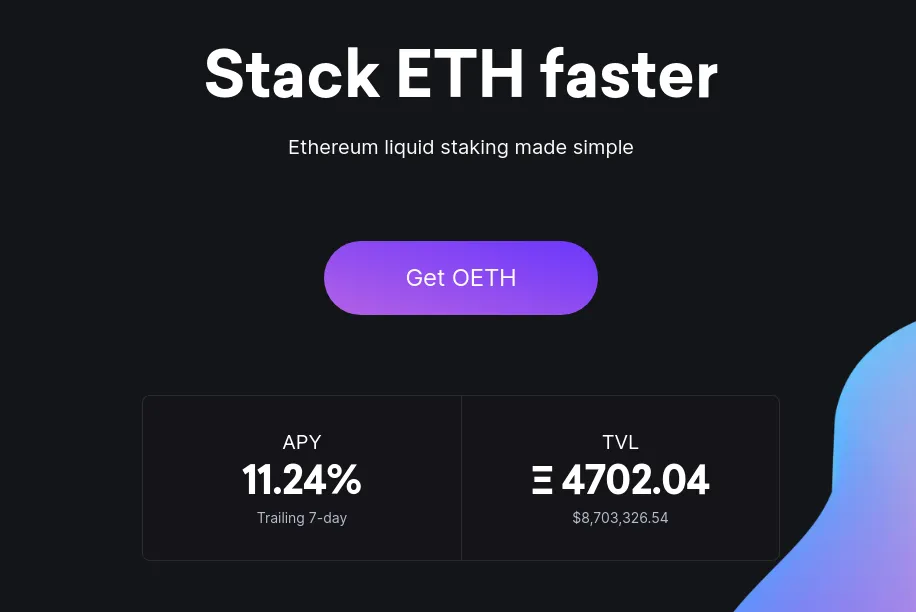
Gravita Protocol issues $GRAI, a 0% interest loan token with a natural price ceiling of $1.10 and a hard price floor of $0.97.
Supported by a mixed basket of LSDs and bLUSD (an enhanced version of LUSD provided by Liquity), it continues to earn interest during the loan period.
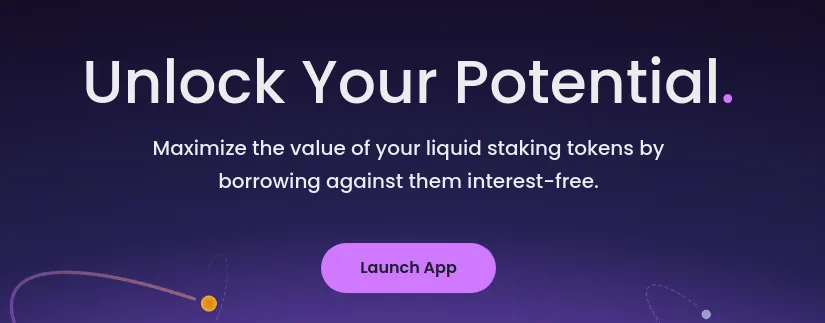
Introducing Alchemix's self-repaying loan concept to LSDs, Zero Liquid allows users to mint $zETH using LSD collateral without liquidation risk.
The protocol then regularly harvests users' staking yields to reduce debt.
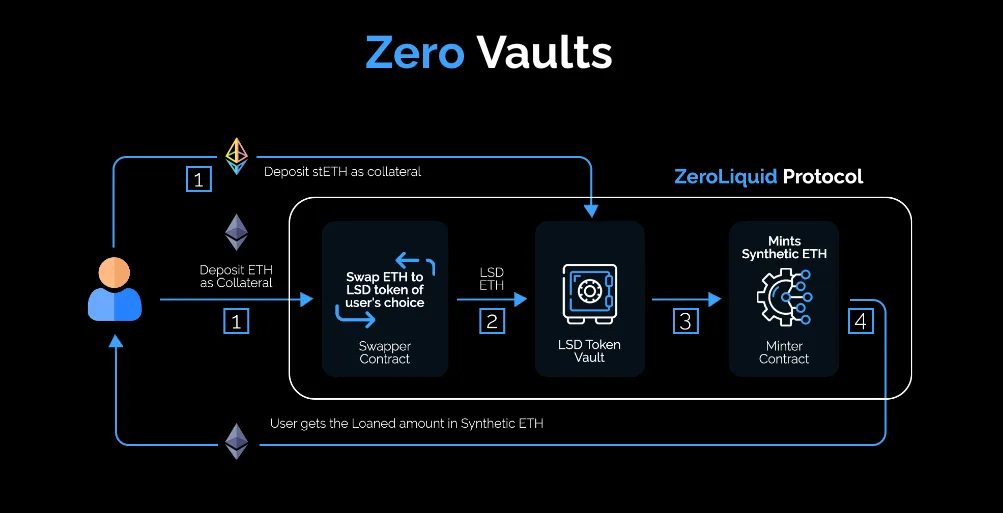
LSDfi is an interesting innovation that offers LSD holders a broader range of unique yield strategies. Catering to the needs of various LSD owners enhances the appeal of holding $ETH as an income-generating asset, enriching the entire Ethereum ecosystem.
Nevertheless, investors should consider existing companies in the LSDfi space, such as Frax Finance, Pendle, and Alchemix, when speculating on these protocols, as they have the capability to build similar products if they choose to allocate resources to it.
In any case, the overall LSDfi sector is likely to persist in the long term.









